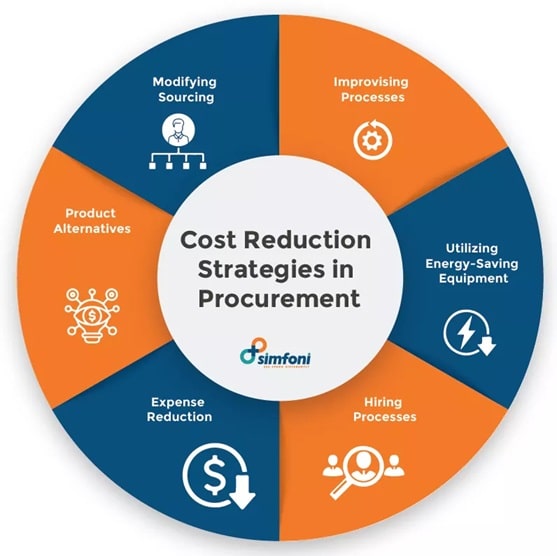In the dynamic landscape of business operations, managing utility costs is a crucial aspect of maintaining profitability and sustainability. By implementing strategic measures to optimize energy usage and minimize expenses, businesses can effectively cut utility costs without compromising productivity or comfort. Here, we explore various strategies that businesses can employ to achieve significant savings in utility expenses.
Assessing Current Consumption Patterns
Before implementing any cost-cutting measures, it’s essential for businesses to conduct a comprehensive assessment of their current utility consumption patterns. By analyzing energy usage data and identifying areas of inefficiency, businesses can pinpoint specific opportunities for improvement and develop targeted strategies to reduce costs effectively.
Investing in Energy-Efficient Equipment and Appliances
One of the most impactful ways for businesses to cut utility costs is by investing in energy-efficient equipment and appliances. Upgrading to energy-efficient lighting systems, HVAC systems, and office equipment can lead to substantial savings on electricity, heating, and cooling expenses over time. Additionally, businesses can consider implementing smart technology solutions, such as programmable thermostats and motion-activated lighting, to further optimize energy usage and reduce waste.
Implementing Conservation Measures
Conservation measures play a vital role in reducing utility costs and promoting sustainability in business operations. Simple actions such as turning off lights and equipment when not in use, optimizing temperature settings, and implementing water-saving measures can lead to significant savings on electricity, gas, and water bills. By fostering a culture of conservation among employees and stakeholders, businesses can effectively minimize unnecessary energy consumption and reduce utility expenses.
Optimizing Operational Processes
Streamlining operational processes is another effective way for businesses to cut utility costs. By identifying and addressing inefficiencies in workflows and procedures, businesses can eliminate unnecessary energy consumption and reduce waste. Implementing lean principles and continuous improvement initiatives can help businesses optimize resource utilization and drive significant cost savings across various aspects of operations.
Exploring Renewable Energy Options
Exploring renewable energy options presents an opportunity for businesses to not only reduce utility costs but also contribute to environmental sustainability. Investing in solar panels, wind turbines, or other renewable energy technologies can help businesses generate their electricity and reduce reliance on traditional utility providers. Additionally, businesses can explore opportunities to purchase renewable energy credits or participate in community solar programs to support renewable energy initiatives while cutting utility expenses.
Negotiating with Utility Providers
Negotiating with utility providers can often yield favorable terms and lower rates for businesses. By leveraging their purchasing power and exploring alternative pricing structures, businesses can negotiate competitive rates for electricity, natural gas, water, and other utilities. Additionally, businesses can inquire about available incentives, rebates, and energy efficiency programs offered by utility providers to further reduce costs and maximize savings.
Utilizing Managed Services and Outsourcing
Outsourcing certain utility-related functions to managed service providers (MSPs) can help businesses cut costs and improve efficiency. MSPs can offer expertise in energy management, facility maintenance, and utility optimization, allowing businesses to focus on core activities while reducing overhead expenses. By partnering with reputable MSPs, businesses can access specialized resources and technologies to achieve their cost-saving objectives effectively.
Exploring Alternative Resources
In addition to traditional utility providers, businesses can explore alternative resources for managing their utility costs. For example, Mobile Virtual Network Operators (MVNO) offer competitive pricing and flexible plans for mobile telecommunications services, allowing businesses to reduce expenses without sacrificing connectivity or reliability. By evaluating alternative resources and exploring innovative solutions, businesses can uncover new opportunities for cost savings and improve their bottom line.
Conclusion
In today’s competitive business environment, cutting utility costs is essential for maintaining profitability and sustainability. By assessing current consumption patterns, investing in energy-efficient equipment, implementing conservation measures, optimizing operational processes, exploring renewable energy options, negotiating with utility providers, utilizing managed services, and exploring alternative resources, businesses can achieve significant savings in utility expenses. By adopting a proactive approach to utility cost management, businesses can enhance their financial performance, reduce environmental impact, and position themselves for long-term success.
